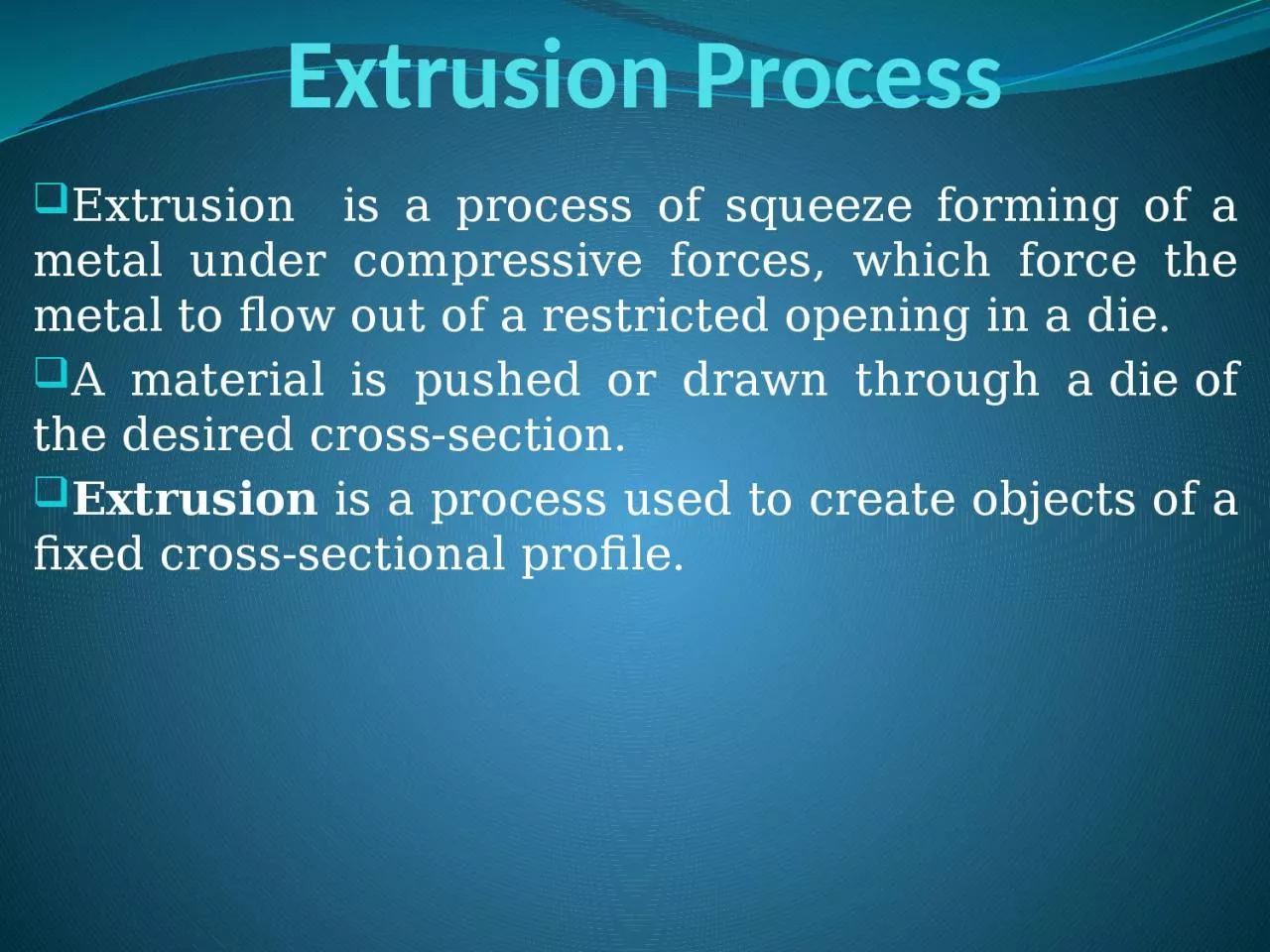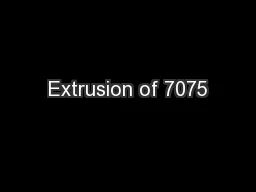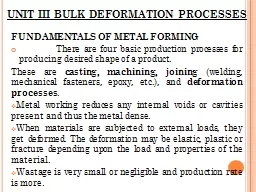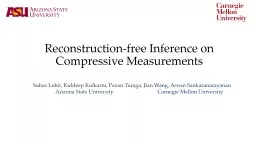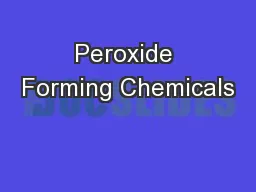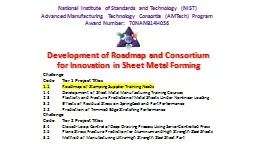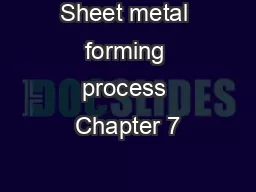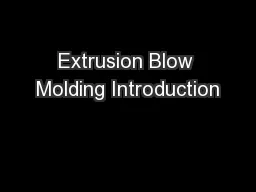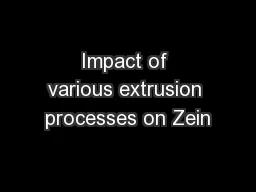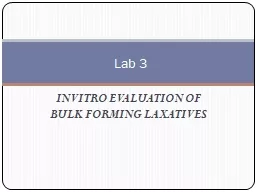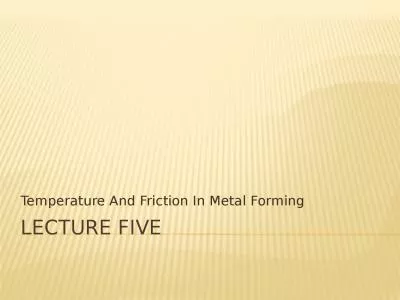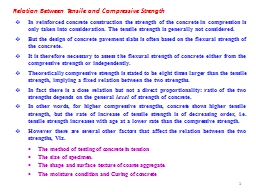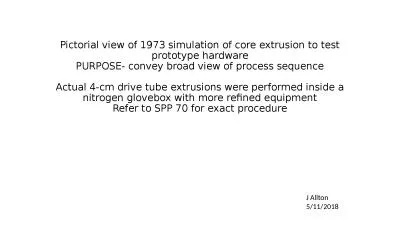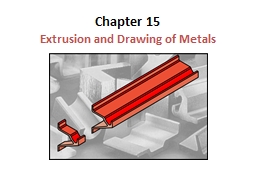PPT-Extrusion Process Extrusion is a process of squeeze forming of a metal under compressive
Author : mackenzie | Published Date : 2023-10-04
A material is pushed or drawn through a die of the desired crosssection Extrusion is a process used to create objects of a fixed crosssectional profile Direct
Presentation Embed Code
Download Presentation
Download Presentation The PPT/PDF document "Extrusion Process Extrusion is a proces..." is the property of its rightful owner. Permission is granted to download and print the materials on this website for personal, non-commercial use only, and to display it on your personal computer provided you do not modify the materials and that you retain all copyright notices contained in the materials. By downloading content from our website, you accept the terms of this agreement.
Extrusion Process Extrusion is a process of squeeze forming of a metal under compressive: Transcript
Download Rules Of Document
"Extrusion Process Extrusion is a process of squeeze forming of a metal under compressive"The content belongs to its owner. You may download and print it for personal use, without modification, and keep all copyright notices. By downloading, you agree to these terms.
Related Documents

